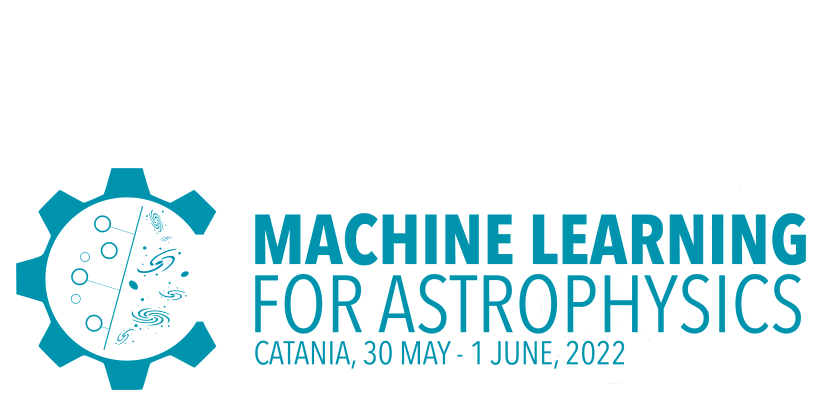Speaker
Description
The era of big data time-domain Astronomy is here, and with planned projects such as the Vera-Rubin Telescope, the scale of the data available is escalating at an astonishing pace. Perhaps, the most scientifically promising aspect of these surveys is their potential for discovery across the transient universe. Nonetheless, current methods are restricting the potential for discovery due to their inability to handle databases of extreme size and multidimensional nature. Currently, rapid analysis to systematically identify scientifically compelling objects in time for relevant spectroscopic follow up using traditional methods is near impossible. We present an approach that tackles the challenges presented by the onslaught of data to identify the most anomalous light curves in current and future time-domain surveys. Using observations from the first two years of TESS, we deploy an Unsupervised Random Forest method using a combination of normalized light curve points and their spectral power spectrum as features to systematically identify anomalous objects. Our method identifies a wide range of variability patterns and successfully pinpoints several documented scientifically compelling targets discovered by the community to date. This approach complements the TESS Objects of Interest (TOI's) list by expanding the discoveries beyond the primary Exoplanet focused mission. We increase the census of rare variable classes such as pulsating stars and eclipsing binaries by publishing our entire list of anomaly scores along with notes from systematic inspection of over 10,000 anomalies, many of which are previously unidentified. We combine our results with Gaia photometry to establish a relation between our "Weirdness metric" and the evolutionary stage of anomalies, revealing fascinating candidates within the instability strip, young stellar objects, white dwarf stars amongst many others. Furthermore, we discover a link between the anomaly score and physical properties, such as the orbital parameters of eclipsing binaries.
| Main Topic | Anomaly discovery |
|---|---|
| Secondary Topic | Time series analysis, transients |
| Participation mode | In person |

